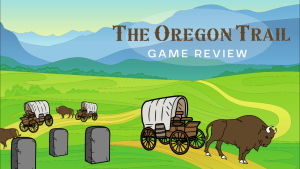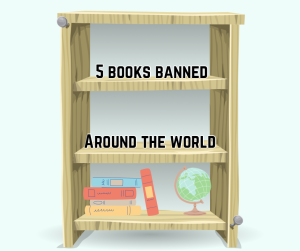What if a student were to come face-to-face with a gunman?
What if a tornado set its sights on the university?
What if the campus began shaking traumatically?
The above scenarios are ones Associate Professor of Geology James Durbin and Public Safety Assistant Director Stephen Bequette think students and faculty should be asking themselves.
Last week, The Shield took a look at potential man-made disasters. This week, the focus is on potential natural disasters.
USI lies on unnamed, inactive fault lines but sits just 145 miles northeast of the New Madrid Seismic Zone, and 20 miles east of the Wabash Valley Seismic Zone (WVSZ), which are both active, said James Durbin, associate professor of geology.
In fact, scientists have been studying the New Madrid for 200 years. A series of large, destructive earthquakes occurred along a fault in 1811 and 1812.
In 2008, a magnitude 5.2 quake and dozens of aftershocks occurred along a fault that is part of the WVSZ.
“There’s a pretty long record of large earthquakes that goes back thousands of years,” Durbin said. “It’s pretty significant that the New Madrid is quite capable of generating big quakes and has a history of doing so.”
He said the university has adopted stringent building codes.
“We get to tour buildings as they’re putting them up,” he said. “They’re designed to be damaged by large earthquakes but to withstand that damage long enough to allow people inside to escape.”
Even if the building doesn’t collapse, lights and ceiling tiles could fall.
“USI hasn’t taken it lightly from the construction standpoint,” Durbin said. “But I have to say, from other standpoints, in my humble opinion, it’s not doing a very good job.”
He said he has experienced two campus-wide drills in the past two years.
When it comes to earthquakes, Durbin said he asks his students, “What are you going to do?”
He estimated 95 percent or higher of those students have no idea.
“Most of them, even if they do know, are going to be so shocked they won’t know what to do when it actually happens,” he said.
Durbin said no one has been given clear guidance on where they’re supposed to go.
“There was an instance a year or two ago – there was a fire up in the greenhouse,” he said. “We had to evacuate the science building, and we were standing outside in this kind of weather (cold). We didn’t know whether it was a drill or not. We had no communication. All we knew is that we couldn’t go back into our building. The fire trucks came and left, and we were standing out there like, ‘When is it going to be OK for us to go back in?’ We stood outside for almost an hour until somebody finally said it was OK.”
He said tornadoes are another concern because they can happen at any time.
Southern Indiana is notorious for November tornadoes.
Durbin, who has taught at the university for 13 years, said he has never experienced a severe weather drill.
“I know where to go, but almost nobody else does,” Durbin said. “Nobody guides us as to where we’re going to go.”
He said there are few guidelines on the web.
“They’re there,” said Kindra Strupp, assistant vice president for marketing and communications, in reference to the Emergency Action Plan and the Emergency Procedures Guide. “I think it’s one of those things you can always improve upon, no matter how good you think you are or not.”
The Emergency Procedures Guide is available on the university’s website at http://www.usi.edu/RiskMGT/PDF/EmergencyProcedures.pdf. It details, step-by-step, emergency-by-emergency, what to do during crisis situations.
UP NEXT: The final puzzle piece will be put into place as The Shield tackles the university’s plan of action. Find out who really knows what to do in next week’s issue.






